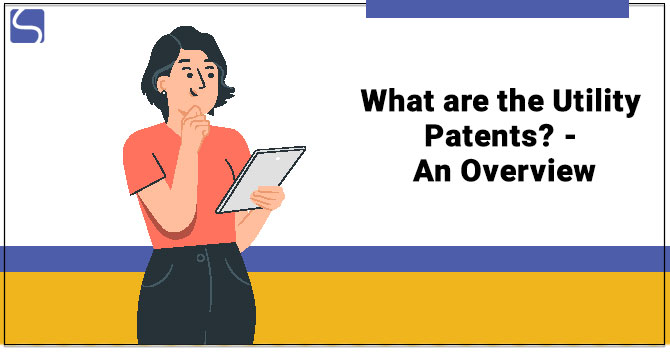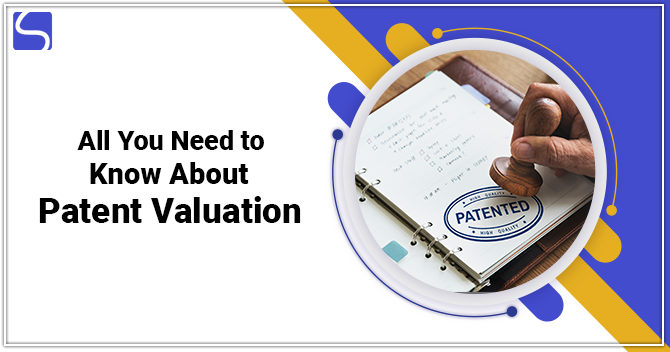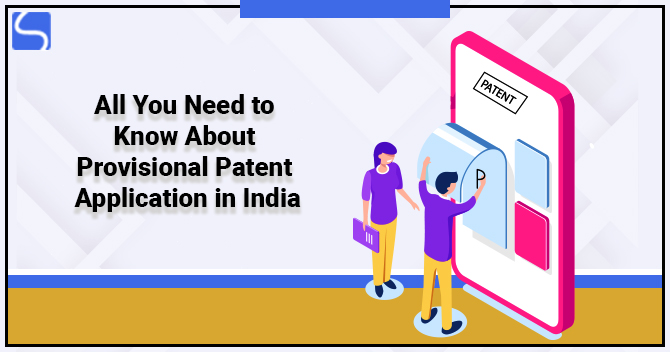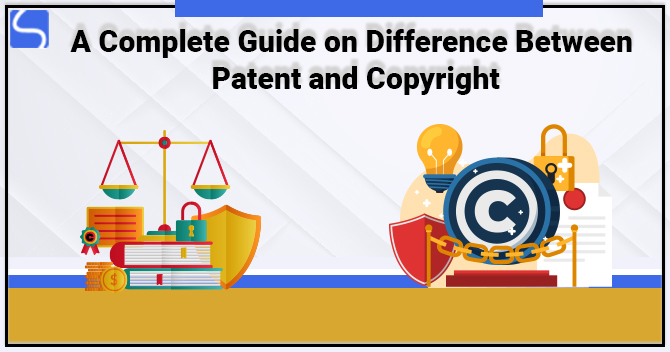What are the Utility Patents? – An Overview

Karan Singh | Updated: Jun 30, 2021 | Category: Patent
A Utility Patents are issued to an individual who discovers, invents, creates or brings small improvements in existing machines, products, manufacturing units, and processes in a beneficial way. It can be called a minor Patent, innovation Patent, small Patent, etc. Unfortunately, not every nation provides Utility Patents only some nations in the globe provide such Patents like UAE, China, Japan, Brazil, Italy, etc., so India is not a part of it.
This Patent is one of the types of Patent that the USPTO (United States Patent & Trademark Office) will award to all the inventors in this stream. The Patent Office will provide a Patent for an invention after considering the invention’s credibility and after examining whether the invention already exists.
Utility Patents are presented to the inventors, who exercise the rights over their inventions by safeguarding others from selling, making or executing other commercial activities with their authorisation for a limited period as given. When this Patent is obtained, it will protect the complete structure and the different functions of the invention. Similarly, there must not be any alleged or copies version of the invention; even it looks dissimilar.
Table of Contents
What are the Different Features of Utility Patents?
- This Patent is suitable for a small invention, which is made out of the present one or said “Incremental Invention”.
- Usually, the Patent will safeguard for twenty years, but the Utility Patent will have short-term protection in comparison and differs from nation to nation.
- In India, there is such a law or provision for getting this Patent. Hence, Indian start-ups and entities have to get such Patents from the nations as mentioned above.
- The utility model furnishes an exclusive right over the invention regarding the products & not process.
- Here, both the standards of uniqueness and non-obviousness are needed, but it differs country to country.
- The time taken for the Patent Registration process of the utility model is less than other Patents. There will not be any deep examination process before the Patent Registration, and only the necessities are examined.
Advantages of Utility Patents

- Cheaper: The utility model Patent is primarily cheaper than the regular invention Patents, regarding the price involved for the registration application, renewal, and maintenance.
- Increased Reputation & Profit: As the demand for the patented product is huge, apparently, it will make more profits to the owner of the Patent and increase the reputation of such products. As the patent owner is the only authority for the selling & manufacturing of the products, there will not be any opponents in markets. If so, the owner of the Patent can sue and get damages from them.
- Promote More Inventions: Furnishing protections like conferring the protection of the rights over the inventor for a limited time and erecting barriers for the competitor in the market will consequently promote the people to spend their reasonable time in the invention.
- Simple Registration: The utility model Patent Registration requires only initial examination and not an essential examination of the invention. Thus, it requires only a minimum of six to twelve months for the registration, whereas the ordinary Patent which can be extended for two to three years.
- Protection form Patent Infringement: Once the Utility Patent is conferred to the inventor, no one has the power to reproduce it for commercial showcasing or selling the product. Therefore, it furnishes overall immunity to the products from being infringed.
- Suitable for Product with a Shot Duration: In most conditions, the utility model Paten is applied to improve products that make smaller improvements for present products gradually. So, it can simply make a thought when released in markets.
Requirements for Utility Patents
- While applying for such Patents, cite the sort of inventions and which category it belongs to, like the composition of matter, the machine, or manufacture;
- The appropriate fee must be paid for the basic filings, examination and search processes;
- The documents comprising the requirement of the invention must be cited quickly and clearly. It must be easily recognisable by anyone;
- In the application of the non-provision of the utility model Patent, a minimum of one claim, in which the inventor acclaims their invention as unique must be present and preferably in one sentence;
- The ADS or Application Data Sheet must be filled along with the inventor’s details, address, foreign priority, domestic benefit, and assignee information;
- The invention’s title must be defined in a descriptive manner comprising three to seven words. Do not frame a single word as an invention’s title;
- An invention’s drawing sketch must be included with the claim’s description, and this drawing must be very attractive, lucid, and visible;
- If the content is more than 50 pages, then encloses all the details in CDs, and it must be explained about the number of the disc and files present inside it in the application.
Essential Documents Required for the Registration of Utility Patents
- Application Transmittal Form for Utility Patents;
- Application Data Sheet;
- Sketch of the invention;
- A written description of the invention;
- Fee Transmittal Form;
- USPTO prescribed fees;
- Declaration & pledge of the inventor.
Procedure for Getting the Utility Patents Model
Filing the Application for the Utility Patents
- Before filing the application, examine the complete basis process of the Patent application process like the time take for the Patent consent, what are all the fees, all risks & advantages for getting the Patent.
- Find out the type of utility Patents to be acquired. Most of the time, people tend to confuse with the Patent types available in the Patent Office.
- Conduct originality research to sort out whether an idea still exists. If the idea does exist, it has to be revoked from the process. There is a rejection possibility even after conducting original research. So, the research doesn’t furnish any guarantee that the invention will be patented.
- The application for Patent Registration comprises forms, fees and written description. The forms can be found out on the official website of the USPTO[1], and the written description of the utility model will include:
- Invention title;
- Invention background;
- A summary of the invention;
- Abstract;
- Statement concerning any fund sponsored by the government;
- Inventor pledge;
- Description of drawings;
- A detailed explanation of the invention.
Examining the Patent Application
- The Patent application examination for the utility model will take four to six months, and it has opted on the basis of first come, first served;
- Primarily, the Patent application will be first examined by the Office of the initial Patent examination;
- The formalities will be verified, and the application is made ready for the significant examination;
- The invention must disclose all the relevant material information concerning invention;
- In the significant examination, the overall subject matter, non-obviousness, originality, written description will be examined, and if the invention has passed the aforesaid process, the Patent will be issued;
- At the time of examination, the written description will be examined whether it describes the invention clearly to the public.
Reply to the Objection
- There is a numerous reason for the Utility Patent to be refused, but the explanation of the rejection will be cited by the Patent Office;
- Once the Patent application gets refused, the inventor can file a reply to the examiner for supporting their claim against the rejection;
- Usually, the response must be filed within three months from the action date taken by the Office. If the reply was filed after three months, an extra penalty would be imposed for the inventor;
- In case the application is rejected, it is the only option of the examiner; by furnished supporting documents against the rejection, the Patent can be attained after the examiner is fulfilled with the claim.
Giving the Patent
If the examiner’s objection is overcome, the USPTO sends notice of allowance & fees due. Now the candidate has to pay the prescribed fees and the publication fees along with the fees. Once the process is successfully completed, the Patent is issued. It is essential to consider that after getting the Utility Patent, the maintenance fee must be paid in the durations of 3.5, 7.5 and 11.5 years regularly.
Conclusion
Utility Patents are presented to the inventors, who exercise the rights over their inventions by safeguarding others from selling, making or executing other commercial activities with their authorisation for a limited period as given. When this Patent is obtained, it will safeguard the complete structure and the different functions of the invention. Similarly, there must not be any alleged or copies version of the invention; even it looks dissimilar.
Read our article:Patent Drawing and its Significance – An Overview














